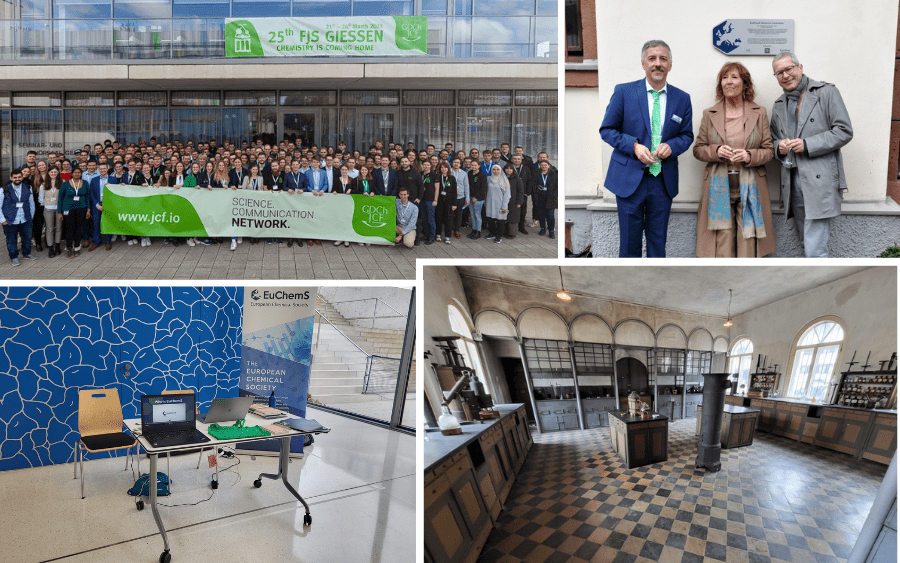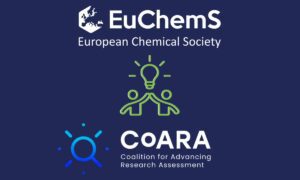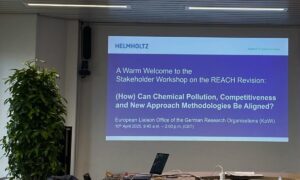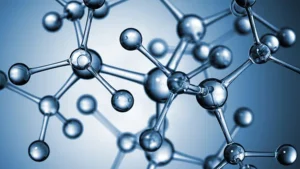The atmosphere was energetic, as the next generation of chemists -undergraduate, masters and PhD students, as well as early career researchers-, from and beyond the borders of Germany met at the Frühjahrssymposium. Attendees were introduced to career and educational opportunities at sponsor booths and industry workshops, allowed to present their research in poster sessions, and were provided with ample opportunity for formal and informal networking. In addition to this, a host of prestigious speakers were invited to share their research insights – including Chemistry Nobel Prize Laureate Benjamin List. EuChemS was there to promote chemistry collaboration beyond borders, as well as the importance of communicating science with policymakers and the general public and to introduce its youth division, the European Young Chemists Network (EYCN) to visitors. The international team of EYCN runs numerous initiatives especially aimed at students as well as early career chemists, and offered prizes for the symposium’s best posters and pitches.
Next week, the EuChemS Historical Landmark Awards ceremony took place, attended by numerous high-profile guests. The event featured a number of speeches and presentations, coordinated by Chairman of the Liebig-Society Gerd Hamscher, who also praised the community effort following the recent fire at the museum and ambitions of nominating the landmark as an UNESCO site. President Elect Angela Agostiano introduced EuChemS, as well as the pan-European dimensions of the Historical Landmark Award. Gießen Mayor Frank-Tilo Becher, alongside District Vice-President Martin Rößler talked about the museum’s importance to the city and the region. Cristoph Meinel, Chair of GDCh’s Historical Sites programme highlighted the historic significance of the site, and Peter R. Schreiner, GDCh’s 2020-2021 president talked about Justus Liebig’s contributions to chemistry. Following this, the Plaque was unveiled on museum grounds where participants could also visit the historic laboratory. The event was covered in local and international media.
The Liebig-Museum received the award in recognition of commemorating the work of Justus Liebig, whose approach towards pioneering chemistry as a basic science, and scientific inquiry methods shaped the future understanding of the field. The building, which used to function as Liebig’s laboratory, is now a museum dedicated to chemistry, visited by approximately 8000 guest from Europe and beyond yearly. It also offers public lectures, as well as online tours.



